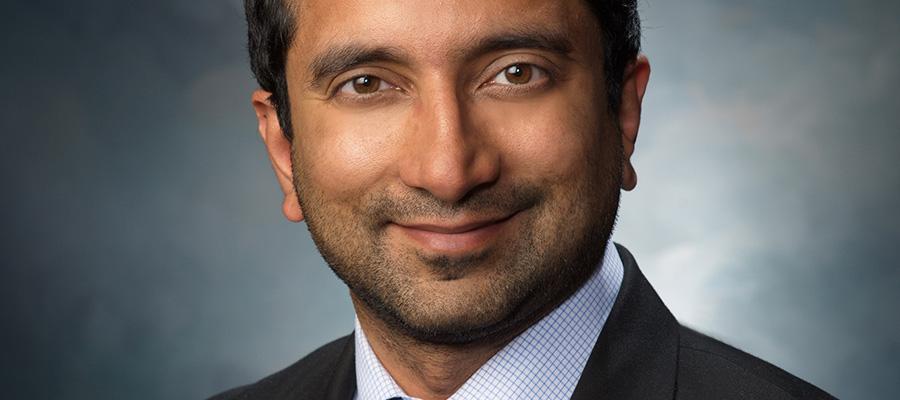The Rising Rate of Suicide

For years, the rate of suicide has been on the rise. As reported by the Centers for Disease Control and Prevention, suicides have increased by more than 25 percent during the past decade. It is now the tenth-leading cause of death in the U.S., costing more than $44 billion annually.
The figures are startling and the causes are multifaceted and complex. While depression and other mental illnesses are leading risk factors, many people who died by suicide were not known to have a mental illness diagnosis. Other causes linked to suicide include substance use disorders, social isolation, and difficulties with personal relationships, physical health, work and finances.
So what is the role of the hospitals and health systems? We may not have the answer today, but we are accelerating our efforts to find the answers.
AHA offers suicide prevention strategies and resources to help address the trend. These resources are designed to help hospitals and health systems reduce the stigma around mental health and addiction; improve access to care; and integrate physical and behavior services throughout the continuum of care. They have been deployed with promising results in behavioral health programs and primary care settings. Broader adoption of these strategies and resources will make a difference.
Yet, if we only view suicide through the health care lens, society will be very limited in its ability to change the issue. Suicide is a public health issue that requires the entire community to create change: health care, government, law enforcement, schools, workplaces, faith organizations and more.
Health care should set more aggressive, but achievable, goals to ensure people at risk have access to behavioral health treatment and integrated care. Policy makers should prioritize suicide prevention both in funding and focus. Law enforcement should participate in crisis intervention training to better recognize and respond to people who may be suicidal or at high risk. Community groups should connect and coordinate resources. All people should become better educated on the issue.
At AHA, we believe that when all of us work together, we can achieve a society of healthy communities where all individuals reach their highest potential for health and wellbeing.
For more information on AHA suicide prevention resources and stories on how hospitals and health systems are already making a difference, click here.
For information on suicide prevention strategies and resources from the Centers for Disease Control and Prevention, click here.
For information on mental health services for veterans and service members from the U.S. Department of Veteran Affairs, click here.
Jay Bhatt, D.O., is senior vice president and chief medical officer of the AHA, and president of the AHA’s Health Research & Educational Trust.

